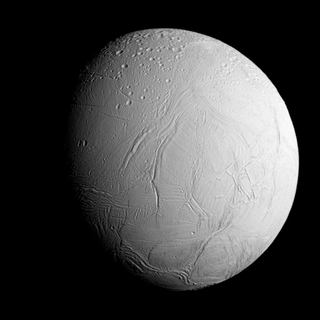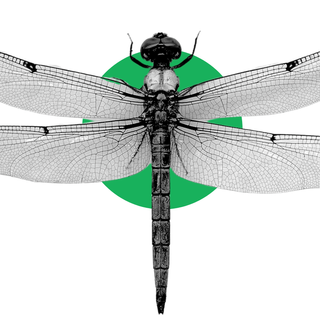In the 1990s, a woman from Florida said she saw the face of the “Virgin Mary” in a toasted sandwich. She went on to auction that sandwich off for $28,000 ten years later in 2004.
“If someone reports seeing Jesus in a piece of toast, you’d think they must be nuts… But it’s very pervasive… We are primed to see faces in every corner of the visual world,” Kang Lee from the University of Toronto in Canada, who studies behavioral and neural mechanisms of face-processing, had told BBC Future, explaining the phenomenon of discerning facial features in inanimate objects.
There’s a name for this occurrence: face pareidolia. It is described as a psychological phenomenon that causes our brains to see familiar patterns — those resembling facial features — in random, inanimate objects like cookies or electrical appliances around us. So, every time you spot faces staring back at you when looking up to see the clouds, or wonder if the tree trunk was smiling at you on your way to work, you’re probably experiencing face pareidolia.
Scientists have made some headway into understanding why we see “human” faces in “non-human” objects. Published this week in Proceedings of the Royal Society B: Biological Sciences, a new study found that cognitive processes in our brains, responsible for identifying and analyzing real human faces, are the same ones that spot illusory faces in non-living things around us.
But why does the phenomenon exist at all? “We know these objects are not truly faces, yet the perception of a face lingers,” said Professor David Alais from the School of Psychology at the University of Sydney in Australia, who led the study.
He added that the facial recognition process takes place within a few hundred milliseconds. “Faces are detected incredibly fast. The brain seems to do this… using a kind of template-matching procedure, so if it sees an object that appears to have two eyes above a nose above a mouth, then it goes, ‘Oh I’m seeing a face’… Lots of things can satisfy that template and thus trigger a face detection response,” he told The Guardian.
Related on The Swaddle:
Is This Normal? “I Can’t Remember Names or Faces.”
Reportedly, this everyday phenomenon was once considered a symptom of psychosis — now experts understand it as a common error in visual perception.
“From an evolutionary perspective, it seems that the benefit of never missing a face far outweighs the errors where inanimate objects are seen as faces,” Professor Alais said. “When objects look compellingly face-like, it is more than an interpretation: they really are driving your brain’s face detection network.”
Researchers believe our evolutionary underpinnings may actually have a role to play in our brains being hardwired to see faces in faceless objects.
Not only do we detect facial features in inanimate objects, but our brains also try to discern the emotions these “faces” are trying to convey. The reason we are wired to consider reading facial expressions as essential information is simple: we’re social beings. “We need to read the identity of the face and discern its expression. Are they a friend or a foe? Are they happy, sad, angry, pained?” Professor Alais explained.
“For the brain, fake or real, faces are all processed the same way… that scowl, or smile; that’s your brain’s facial expression system at work.”
Irrespective of how common the phenomenon is, the experience of gauging human-hood in objects will remain fascinating — but, at least, we’re beginning to understand the science behind it. “This means that seeing faces in clouds is more than a child’s fantasy,” Professor Alais noted, summing up the occurrence as “a parallel experience that it is both a compelling face and an object — two things at once.”




